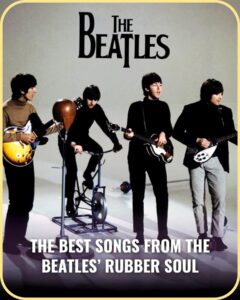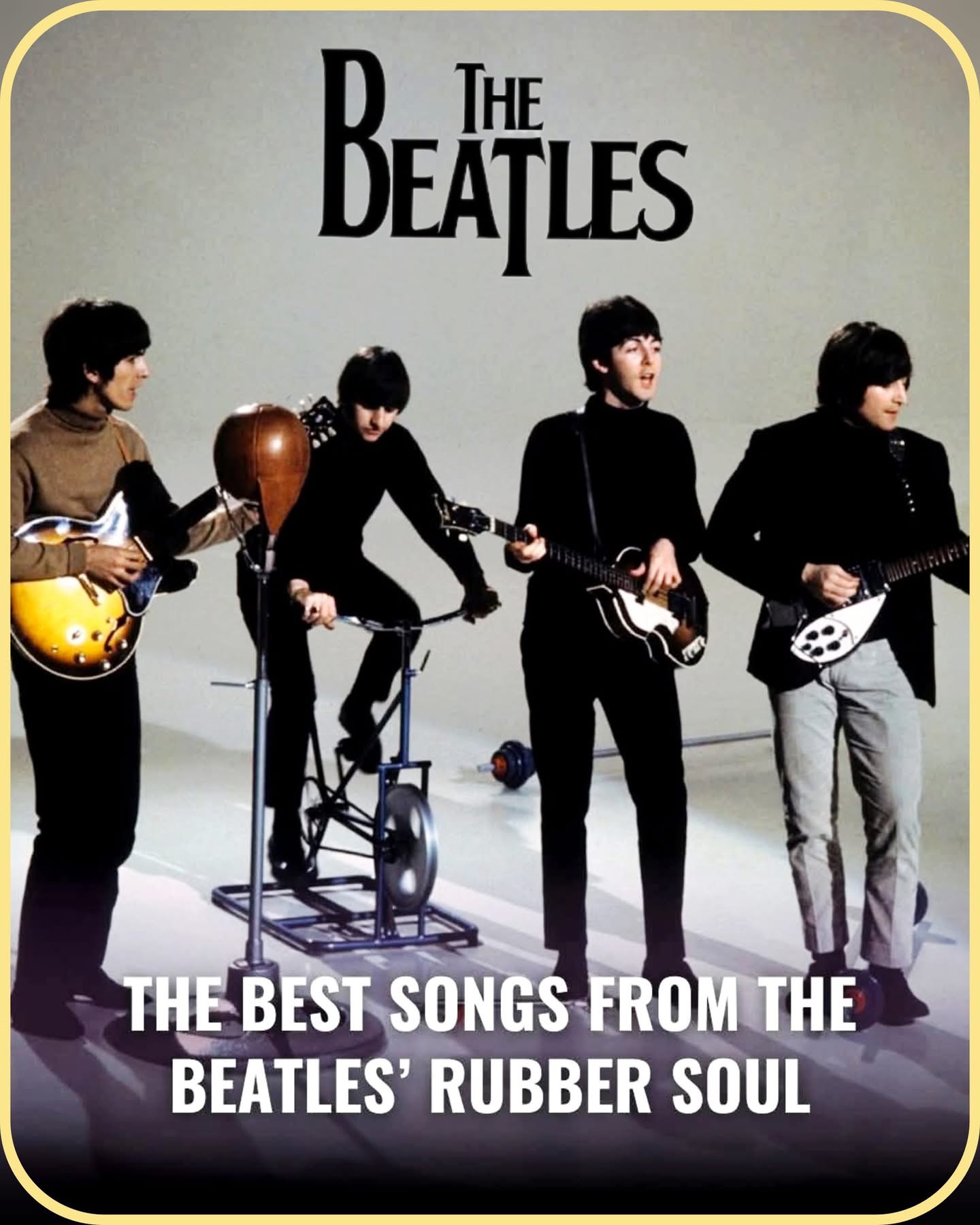 Released in December 1965, *Rubber Soul* marked a pivotal moment in The Beatles’ extraordinary career — a point at which their evolution from pop sensations to serious, introspective artists became undeniably clear. As their sixth studio album, *Rubber Soul* was not just another step on the ladder of fame; it was a giant leap that showcased their growing musical sophistication, lyrical maturity, and artistic independence. With its all-original catalog, the album departed from the catchy, love-centric tunes of their early years and embraced experimentation, introspection, and innovation.
Released in December 1965, *Rubber Soul* marked a pivotal moment in The Beatles’ extraordinary career — a point at which their evolution from pop sensations to serious, introspective artists became undeniably clear. As their sixth studio album, *Rubber Soul* was not just another step on the ladder of fame; it was a giant leap that showcased their growing musical sophistication, lyrical maturity, and artistic independence. With its all-original catalog, the album departed from the catchy, love-centric tunes of their early years and embraced experimentation, introspection, and innovation.
For the first time, every track on the album was written by members of the band — a testament to their deepening confidence as songwriters. The songwriting partnership of John Lennon and Paul McCartney blossomed further, producing introspective, emotionally complex lyrics that signaled the band’s shift toward a more serious and contemplative tone. Songs like “Norwegian Wood (This Bird Has Flown)” and “In My Life” reflected this transformation. The former, in particular, introduced Western audiences to the sitar — a groundbreaking moment in pop music, played by George Harrison, who would later become increasingly influenced by Indian music and philosophy.
Musically, *Rubber Soul* pushed boundaries. The band began experimenting with brighter guitar tones and diverse textures, incorporating instruments and studio techniques previously absent from their work. From the fuzz bass on “Think for Yourself” to the baroque harpsichord-like piano on “In My Life,” the album was full of subtle but significant departures from their earlier sound. These choices created a sonic palette that was warmer, more textured, and layered with complexity — mirroring the deeper themes of the lyrics.
George Martin, often referred to as the “fifth Beatle,” played an essential role in realizing the band’s evolving vision. His production skills enabled the group to explore new musical landscapes while retaining their signature melodic strength. Under Martin’s guidance, The Beatles found the creative freedom to experiment, and that experimentation would come to define much of their later work.
Lyrically, *Rubber Soul* moved away from simple romantic storytelling and embraced ambiguity, irony, and reflection. Lennon’s contributions, in particular, grew darker and more introspective — songs like “Girl” and “Nowhere Man” were unlike anything the group had released before. Meanwhile, McCartney explored themes of jealousy and heartbreak with a sophistication that pointed toward his future solo efforts.
Commercially, *Rubber Soul* was a massive success, topping charts in both the UK and the US. But more importantly, it earned respect from critics and musicians alike, establishing The Beatles as not just pop stars, but serious artists. Bob Dylan, Brian Wilson of the Beach Boys, and countless others cited *Rubber Soul* as a major influence on their own work.
Ultimately, *Rubber Soul* was the album that signaled a new chapter — a declaration that The Beatles were not content to be the biggest band in the world; they also wanted to be the best. It laid the groundwork for the sonic revolutions that would follow in *Revolver*, *Sgt. Pepper’s Lonely Hearts Club Band*, and beyond. With *Rubber Soul*, The Beatles began to transcend pop — and in doing so, changed the course of music history.
